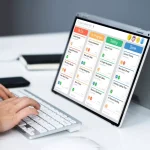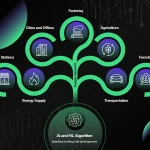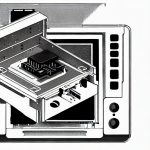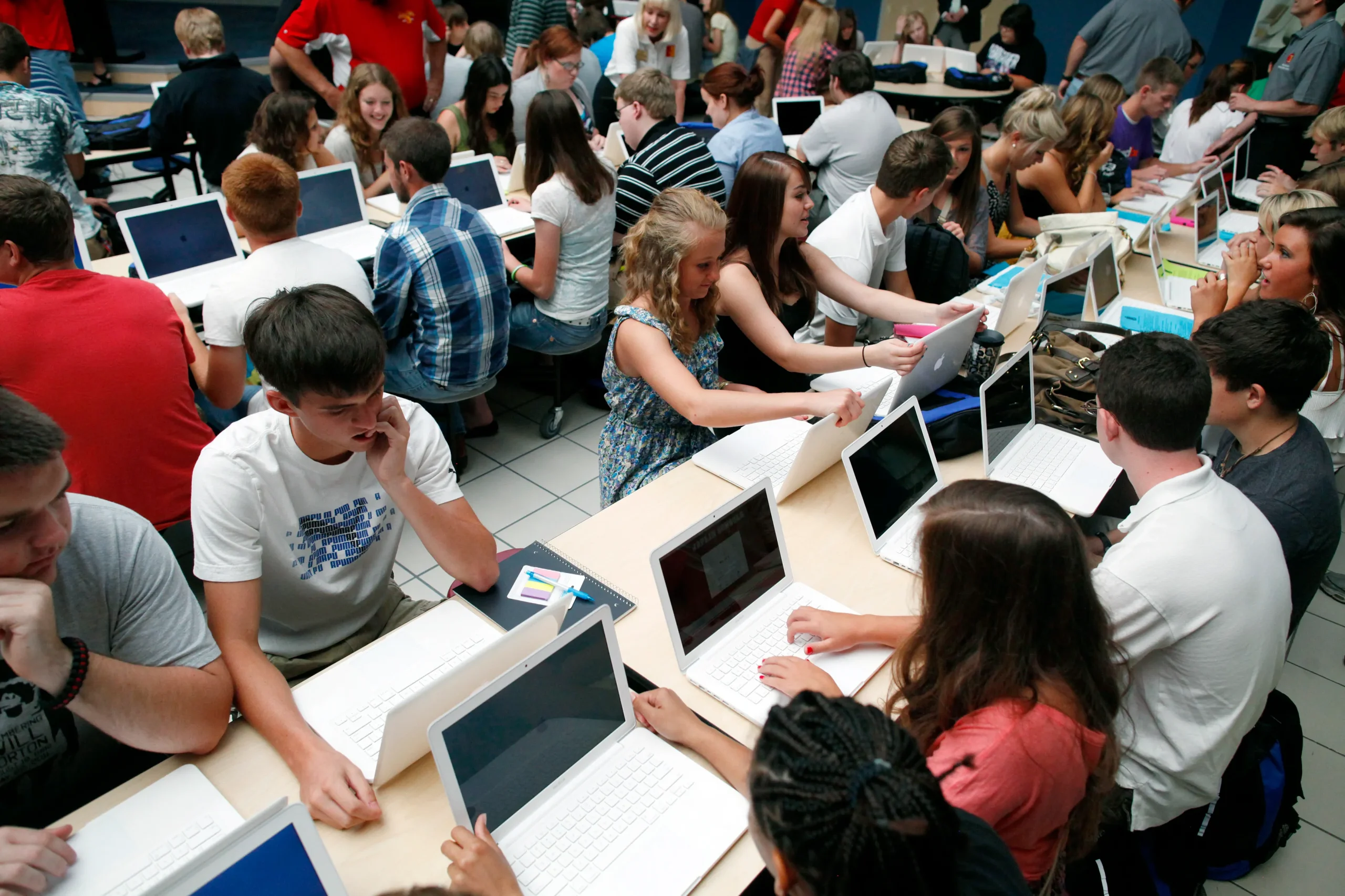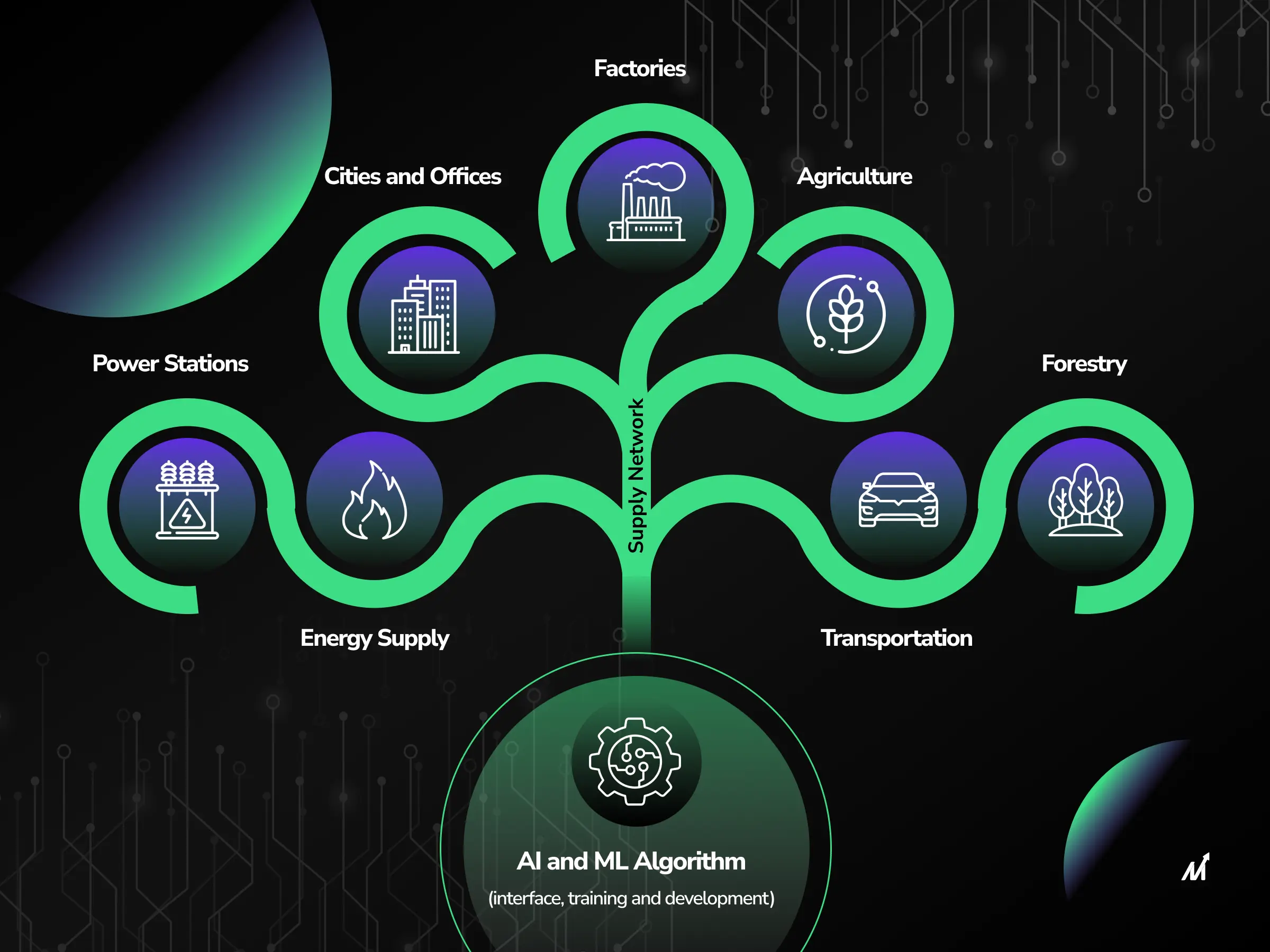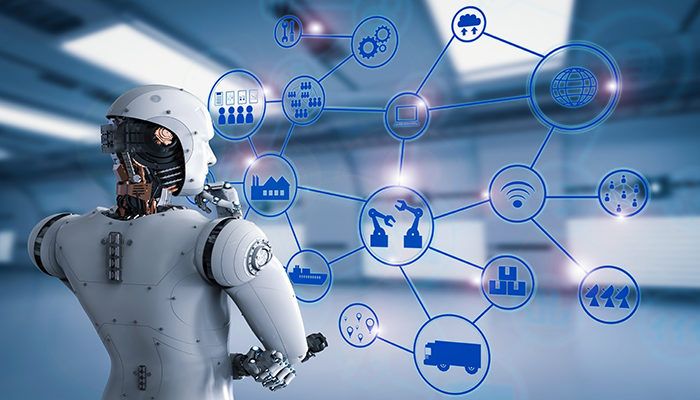In today’s modern classrooms, the debate over whether laptops should be allowed continues to be a topic of discussion. The advantages of incorporating laptops in the educational setting are numerous, including the access to online research and information, the ability to write papers and take notes more efficiently, and the opportunity for multimedia projects. However, there are also significant disadvantages to consider, such as the potential for distraction and misuse, dependence on electricity, and higher cost compared to other technology. This article will explore the advantages and disadvantages of allowing laptops in the classroom, with the ultimate goal of helping educators and students make informed decisions about their use. We will also discuss the impact of using laptops in college classrooms, including the benefits of note-taking and organization, interactive learning, and practical implementation, as well as the drawbacks related to distractions, disruption of the learning atmosphere, potential for misuse, and physical and health concerns. By examining both sides of the issue, we aim to provide a comprehensive understanding of the implications of allowing laptops in the classroom.

Advantages and Disadvantages of Allowing Laptops in the Classroom
Advantages of Allowing Laptops in the Classroom
Access to Online Research and Information:
Allowing laptops in the classroom provides students with the ability to access a wealth of online research and information. This enables them to delve deeper into topics being discussed in class, enhancing their understanding and knowledge. With laptops, students can quickly find references and forums for concepts being discussed in class, leading to a better understanding of the material. This can greatly enhance the learning experience and provide students with a vast amount of resources at their fingertips.
Efficient Paper Writing and Note-taking:
Laptops in the classroom offer students the opportunity to write papers and take notes more efficiently. This is particularly beneficial for students who can type faster than they can write by hand. Additionally, students can back up their assignments, lecture notes, and exercise tasks to their local devices as well as the cloud, reducing the risk of losing or misplacing important information. This can streamline the learning process and improve organization for students.
Opportunity for Multimedia Projects:
Laptops in the classroom open up opportunities for students to engage in multimedia projects. With access to various software and tools, students can work on practical implementation of concepts, leading to increased conceptual understanding and retention of abstract concepts. This allows students to create presentations, slideshows, and videos to enhance their learning experience and showcase their understanding of the material in a creative and innovative way.
Access to Various Resources and Tools:
Laptops provide students with access to various resources and tools, allowing for a more interactive and practical learning experience. Students can benefit from the use of laptops in subjects like software engineering, computer science, and programming language courses, where practical implementation of concepts is essential for understanding and retention. This access to resources and tools can aid students in learning more effectively and comprehensively.
Increased Focus and Engagement for Students:
Laptops can increase classroom engagement, especially in virtual classrooms, through the use of utilities like Moodle. Additionally, laptops can allow for different and potentially more effective in-class learning activities, especially for small group work and collaborative exercises. This can lead to increased focus and engagement for students, as they find it easier to concentrate when working on a laptop rather than with traditional pen and paper.
Disadvantages of Allowing Laptops in the Classroom
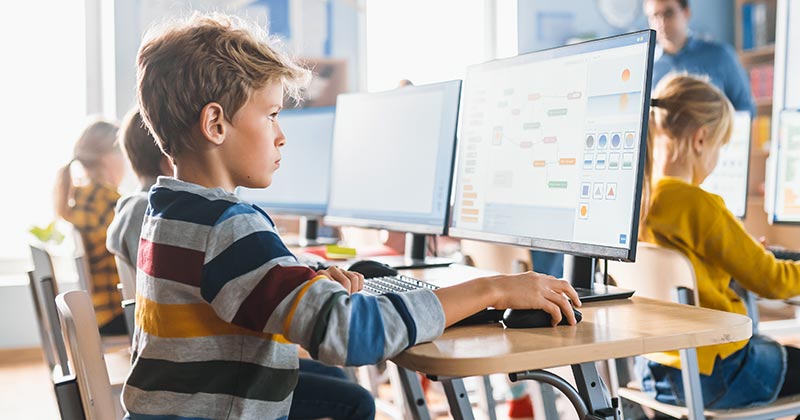
Potential for Distraction and Misuse
One of the main concerns with allowing laptops in the classroom is the potential for distraction and misuse. With access to the internet and various applications, students may be tempted to engage in non-academic activities, such as social media or gaming, which can detract from their focus and participation in the learning environment. This can lead to a decrease in productivity and engagement in class discussions and activities.
Dependence on Electricity and Risk of Breakdown
Another significant disadvantage of using laptops in the classroom is the dependence on electricity and the risk of breakdown. Students may face challenges if there are disruptions in power supply or technical issues with their devices. This can impact their ability to participate in class activities, access course materials, and complete assignments, ultimately affecting their learning experience.
Higher Cost Compared to Other Technology
Compared to other technology, laptops come with a higher cost, which is a notable disadvantage. While they offer various benefits such as portability and versatility, the initial investment and ongoing maintenance and upgrade costs can be a burden for students, especially those from low-income backgrounds. This can create inequities in access to technology and educational resources in the classroom.
Decreased Test Scores in Some Cases due to Multitasking
In some cases, allowing laptops in the classroom has been associated with decreased test scores due to multitasking. Students may struggle to balance the simultaneous use of laptops for note-taking and accessing online resources, leading to a decline in their ability to retain information and perform well on assessments. This highlights the potential negative impact of multitasking on academic performance when using laptops in the classroom.
Advantages of Using Laptops in the College Classroom
Note-taking and Organization
One of the key advantages of using laptops in the college classroom is the ability for students to efficiently take notes and organize them. With the use of laptops, students can easily access and refer back to their notes, leading to better retention and understanding of the material.
Interactive Learning
Laptops in the classroom enable interactive learning, increasing classroom engagement, especially in virtual classrooms. This is particularly beneficial for small group work and collaborative exercises, allowing for more effective and diverse class learning activities.
Practical Implementation
Laptops are particularly useful for practical implementation in courses such as software engineering, computer science, and programming language courses. This allows students to immediately work on new concepts being introduced, leading to increased conceptual understanding and retention of abstract concepts.
Backup and Reference
Laptops allow students to back up their exercises, lecture notes, and assignment tasks, reducing the risk of losing or misplacing important materials. Additionally, with Wi-Fi enabled, students can quickly find references and forums for concepts being discussed in class, leading to a better understanding of the material.
Increased Accessibility
The use of laptops in the college classroom increases accessibility to educational resources and programs, providing students with exposure to educational websites and content. This exposure helps to improve academic performance and build student confidence in utilizing technology for their education.
Disadvantages of Using Laptops in the College Classroom
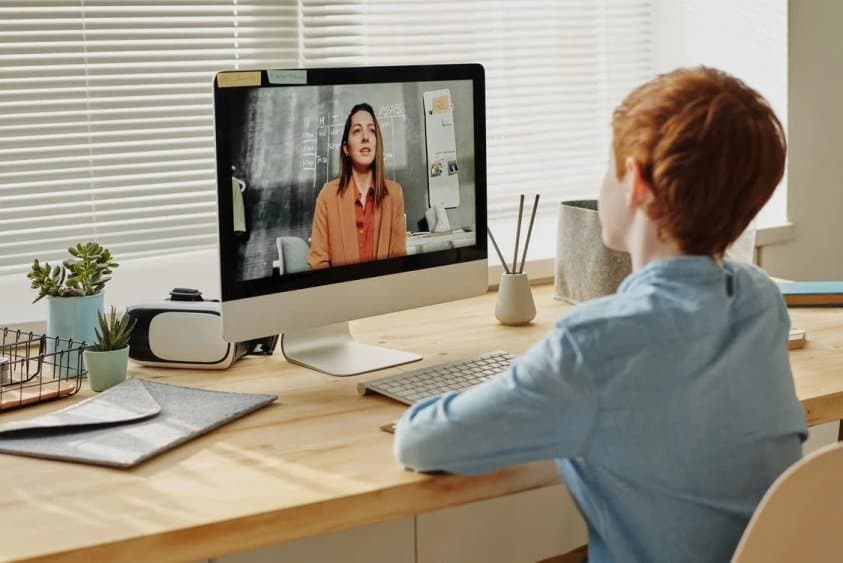
Distractions
One of the major disadvantages of using laptops in the college classroom is the potential for distractions. Students may be tempted to surf the web or check social media during class, which can make it difficult for them to pay attention and focus on what’s being taught. This distraction can also extend to the teachers, as they may be tempted to browse the internet instead of focusing on teaching. Additionally, laptops require electricity and generate heat, which can be expensive for schools and taxpayers if they’re being used frequently in classrooms. This can also make classrooms uncomfortably warm during hot weather months.
Disruption of Learning Atmosphere
The use of laptops in the college classroom can disrupt the learning atmosphere. Distractions, such as social media and non-academic content, can disrupt the learning environment and make it challenging for students to focus on the material being taught. This can lead to decreased engagement and participation, ultimately affecting the overall learning experience.
Potential for Misuse
If students are not using laptops for schoolwork, they may be tempted to use them outside of class, which can lead to missing important lectures. This can also lead to students multitasking more, which can decrease their test scores. Laptops also have a shorter lifespan than desktop computers, on average lasting around four years before needing replacement, which can be a significant expense for schools. Finally, laptops are more expensive than other forms of technology like tablets, which means that not all schools can afford to provide them for their students. This can create an unequal playing field for students who may not have access to the same resources at home as their peers.
Physical and Health Concerns
Prolonged use of laptops in the college classroom can lead to physical and health concerns for students. Issues such as eye strain, poor posture, and repetitive strain injuries are common among laptop users. These concerns can have long-term effects on students’ health and well-being, impacting their ability to focus and engage in the classroom.
Considerations for Allowing Laptops in the Classroom
Balancing the Advantages and Disadvantages
When considering the use of laptops in the classroom, it is important to weigh the advantages and disadvantages carefully. Laptops offer students the opportunity to work at their own pace and in a way that best suits them, while also providing access to a variety of resources and tools that can enhance their learning. However, the potential for distraction and the practical challenges of cost and reliance on electricity must also be taken into account.
Ultimately, the decision of whether to allow laptops in the classroom should be made based on a thorough consideration of the specific needs and policies of the educational institution. This includes considering the potential for active learning and engagement with course material, as well as the potential for distractions and cheating, and the impact on students’ academic performance.
Specific Needs and Policies of the Educational Institution
Laptops in the classroom have both advantages and disadvantages, especially in a college setting. The advantages include the ability for students to take notes digitally, access educational content online, and engage in collaborative activities. Laptops also provide exposure to technology and help students prepare for future careers where technology is essential.
However, there are potential drawbacks, such as distractions from non-academic activities, lack of concentration, and mismanagement of devices by both students and faculty. It is important for educational institutions to carefully consider these factors when deciding whether to allow laptops in the classroom.
When considering the use of laptops in the classroom, educational institutions must carefully balance the advantages and disadvantages. Laptops can provide students with the freedom to take initiative in their education, enhance their self-learning abilities, and prepare them for future careers that rely heavily on technology.
However, the potential drawbacks, such as lack of concentration and mismanagement, must also be taken into account. It is important for schools to establish clear policies and guidelines for laptop usage in order to minimize distractions and ensure that laptops are used effectively as educational tools.
Additionally, teachers and students should be educated on best practices for integrating laptops into the classroom in a way that maximizes the benefits and minimizes the drawbacks.
conclusion
In conclusion, the use of laptops in the classroom presents both advantages and disadvantages. On one hand, it provides students with easy access to online research and information, enabling them to better understand the material and efficiently organize their notes. On the other hand, there is a concern for potential distractions and misuse, which can negatively impact students’ focus and academic performance. When considering whether or not to allow laptops in the classroom, it is important to carefully weigh these factors and consider the potential impact on students’ engagement and learning. It is essential to find a balance that maximizes the benefits of using laptops while minimizing the potential for distractions and misuse. Ultimately, the decision should be made in the best interest of creating a positive and productive learning environment for all students.


